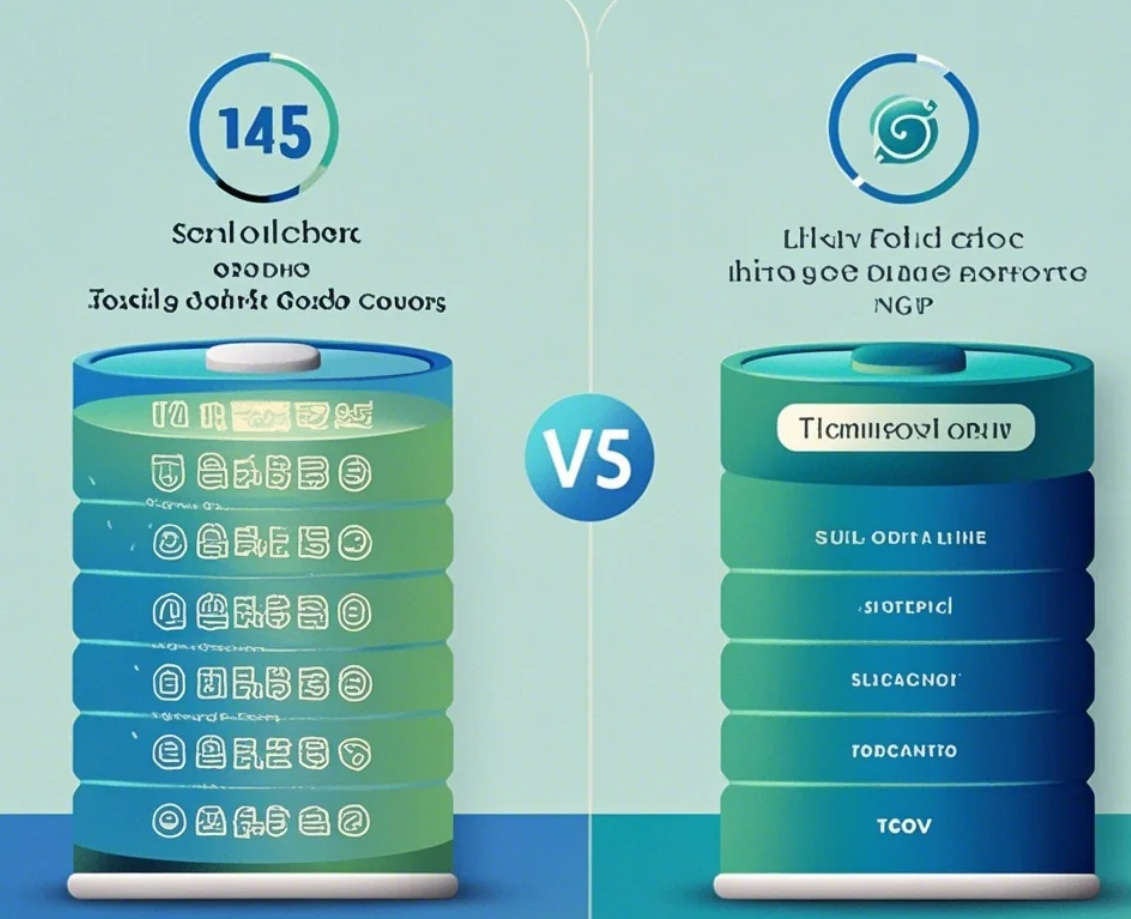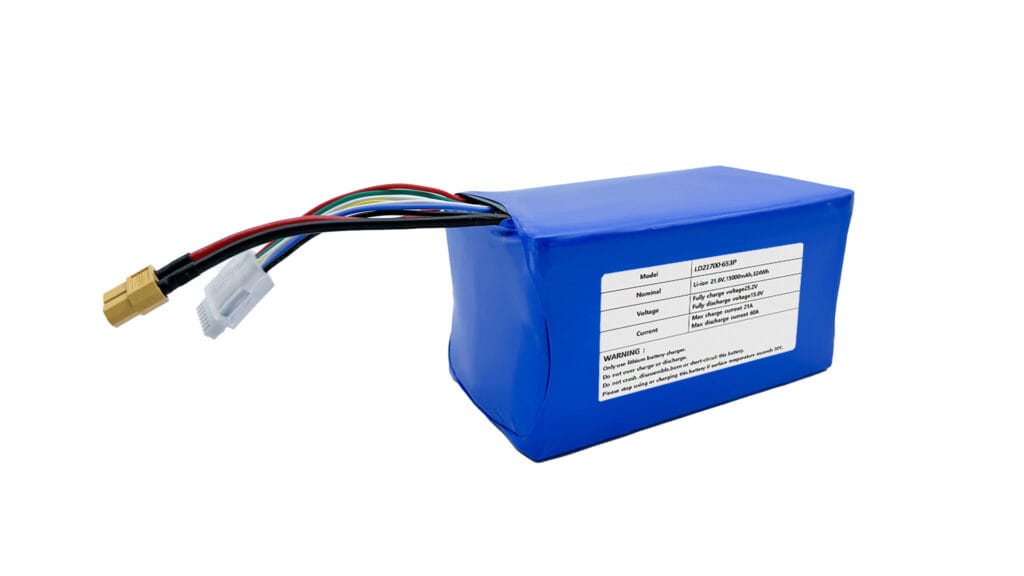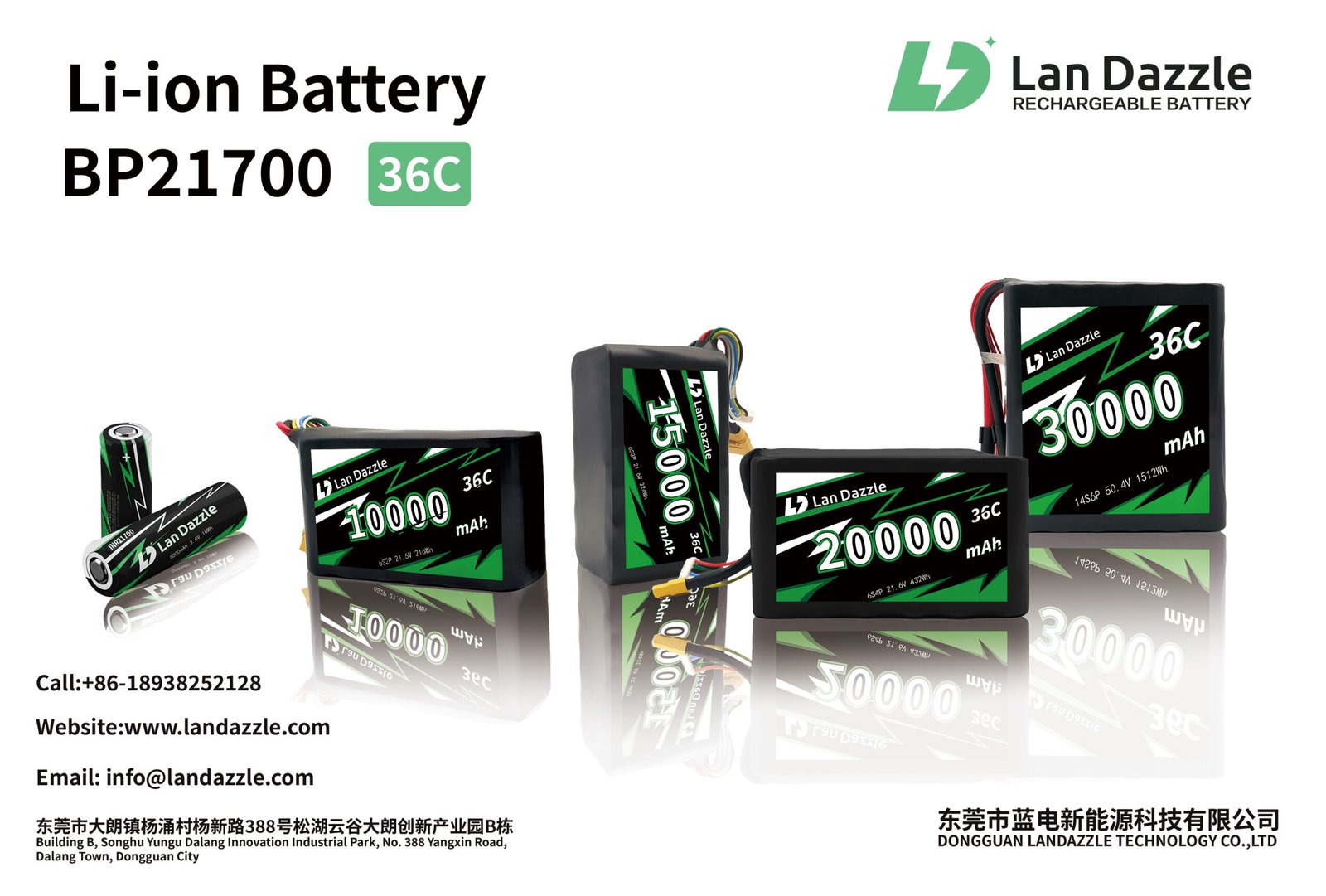Introduction
In the quest for more efficient, safer, and longer-lasting energy storage solutions, semi solid-state batteries and lithium-ion batteries are two cutting-edge technologies making significant waves in the market. Lithium-ion batteries have powered everything from smartphones to electric vehicles for decades, but semi solid-state batteries offer the promise of enhanced safety, greater energy density, and a longer lifespan. As industries ranging from electric vehicles (EVs) to renewable energy storage seek more reliable energy sources, understanding the strengths and limitations of each battery type is crucial.
In this article, we will examine the semi solid-state battery vs lithium-ion debate, highlighting the key differences, advantages, challenges, and real-world applications of both technologies. By the end, you’ll have a clearer understanding of where each battery type stands in the race toward next-generation energy storage solutions.
What Is a Semi-Solid State Battery?
A semi-solid-state battery represents an innovative approach to energy storage, combining elements of both traditional lithium-ion batteries and emerging solid-state technologies. The defining feature of a semi-solid-state battery is its semi-solid electrolyte, which sits between the liquid electrolyte found in lithium-ion batteries and the solid electrolyte used in full solid-state batteries. This hybrid design brings together the best features of both technologies, aiming to overcome the safety concerns and energy limitations typically associated with liquid electrolytes.
In a semi-solid-state battery, the electrolyte is typically a gel-like substance, which is more stable than liquid electrolytes. This improves the battery’s performance by reducing the risk of leakage, thermal runaway, and fire hazards. As a result, semi-solid-state batteries are seen as a safer, more robust alternative to lithium-ion batteries, particularly for high-demand applications like electric vehicles and aerospace technology.
The semi-solid electrolyte can also contribute to higher energy density by allowing for better packing of energy materials, which is a significant advantage over conventional liquid electrolyte batteries.
What Is a Lithium-Ion Battery?
A lithium-ion battery (Li-ion) is a type of rechargeable battery that uses a liquid electrolyte to facilitate the movement of lithium ions between the cathode and anode. This flow of ions is what allows the battery to store and release electrical energy. Since their introduction in the early 1990s, lithium-ion batteries have become the standard power source for a wide range of consumer electronics, electric vehicles, and energy storage systems.
Lithium-ion batteries are known for their relatively high energy density, lightweight construction, long cycle life, and fast charging capabilities. However, they do come with some significant drawbacks, including safety concerns related to the flammability of the liquid electrolyte and the degradation of battery performance over time.
Lithium-ion batteries typically consist of three main components:
- Anode: Usually made from graphite, this is where lithium ions are stored during charging.
- Cathode: Typically made from lithium cobalt oxide (LiCoO2), this is where the lithium ions move to during discharge.
- Electrolyte: A liquid solution that allows lithium ions to flow between the anode and cathode, facilitating the charge and discharge cycles.
Semi-Solid State Battery vs. Lithium-Ion Battery: Key Differences
When comparing semi solid-state battery vs lithium-ion, several important distinctions arise:
- Electrolyte Composition: As mentioned, the primary difference between these two battery types is the electrolyte. Lithium-ion batteries use a liquid electrolyte, whereas semi-solid-state batteries use a semi-solid or gel-like electrolyte. This change in electrolyte composition enhances the safety and stability of semi-solid-state batteries.
- Safety: One of the most significant advantages of semi-solid-state batteries is their superior safety. The semi-solid electrolyte reduces the risk of leakage, corrosion, and thermal runaway. In contrast, the liquid electrolyte in lithium-ion batteries can become volatile, particularly if the battery is damaged or exposed to extreme temperatures, leading to fire hazards and even explosions.
- Energy Density: Semi-solid-state batteries are designed to offer higher energy density than their lithium-ion counterparts. The semi-solid electrolyte allows for more efficient storage and transfer of energy, enabling semi-solid-state batteries to pack more power into a smaller space. This makes them ideal for high-energy applications like electric vehicles, drones, and mobile devices.
- Cost: While lithium-ion batteries have a significant cost advantage due to their mature production techniques and economies of scale, semi-solid-state batteries are still in the developmental phase. As such, semi-solid-state batteries are currently more expensive to produce, which limits their immediate adoption across large-scale commercial markets.
- Lifespan: Semi-solid-state batteries tend to last longer than lithium-ion batteries due to their enhanced stability and reduced wear over time. Lithium-ion batteries degrade over many charge and discharge cycles, whereas semi-solid-state batteries are more resilient to such degradation, leading to a longer operational lifespan.
Advantages of Semi-Solid State Batteries
The semi-solid-state battery offers numerous benefits compared to traditional lithium-ion batteries:
- Improved Safety: The semi-solid electrolyte significantly reduces the risk of thermal runaway, leaks, and fires. This makes semi-solid-state batteries much safer for use in sensitive environments like electric vehicles, aerospace, and medical devices.
- Higher Energy Density: The semi-solid electrolyte allows for better packing of energy storage materials, leading to higher energy density. This is especially useful in applications where space and weight are at a premium, such as drones, wearables, and electric vehicles.
- Longer Lifespan: Semi-solid-state batteries have a longer cycle life compared to lithium-ion batteries. They can withstand more charge and discharge cycles without significant performance degradation, which makes them an ideal choice for applications that require long-term reliability.
- Faster Charging: Some semi-solid-state batteries can charge faster than traditional lithium-ion batteries, which is a crucial feature for devices like electric vehicles and consumer electronics that require quick recharge times.
Limitations and Challenges
Despite the advantages, semi-solid-state batteries still face several challenges:
- Cost of Production: Semi-solid-state batteries are currently more expensive to produce than lithium-ion batteries. The materials and processes involved in manufacturing these batteries are still in the experimental phase, making them less commercially viable for widespread adoption.
- Limited Availability: While research into semi-solid-state batteries is progressing, mass production is not yet possible, which limits their availability for mainstream applications.
- Temperature Sensitivity: Like most battery technologies, semi-solid-state batteries perform less efficiently at extreme temperatures. While the semi-solid electrolyte provides some stability, these batteries can still face issues in high heat or very cold environments.
Applications and Future Prospects
Both semi-solid-state batteries and lithium-ion batteries are being utilized in a variety of fields, but their roles may evolve over time:
- Electric Vehicles: Lithium-ion batteries are currently the standard in EVs due to their cost-effectiveness and proven performance. However, semi-solid-state batteries are expected to play a major role in the next generation of electric vehicles, offering higher energy density, faster charging times, and improved safety.
- Consumer Electronics: Lithium-ion batteries are still dominant in smartphones, laptops, and other portable devices. However, semi-solid-state batteries are starting to show promise in wearables and other compact devices where performance and safety are critical.
- Renewable Energy Storage: As the world transitions to renewable energy, the demand for efficient energy storage systems is increasing. Semi-solid-state batteries could be the key to storing renewable energy more effectively, offering higher energy density and longer lifespan than current lithium-ion options.
- Aerospace and Defense: Both semi-solid-state batteries and lithium-ion batteries are being explored for aerospace applications. The safety and reliability of semi-solid-state batteries make them a prime candidate for use in drones, satellites, and other aerospace technologies.
Conclusion
The semi solid-state battery vs lithium-ion debate highlights two battery technologies with unique advantages and challenges. While lithium-ion batteries continue to dominate the market, semi-solid-state batteries offer several compelling benefits, particularly in terms of safety, energy density, and lifespan. The future of energy storage likely lies in a combination of these technologies, with semi-solid-state batteries becoming increasingly important as their production processes improve and costs decrease.
For more information about semi-solid-state batteries, please visit ScienceDirect.
Looking for high-quality lithium batteries for your applications?
At Lan Dazzle, we specialize in providing custom lithium-ion battery solutions tailored to meet the specific needs of your business. Whether you need batteries for electric vehicles, consumer electronics, or drones, our batteries are designed for superior performance, safety, and longevity.
Visit our website at Lan Dazzle or contact us at info@landazzle.com to learn more about our cutting-edge lithium-ion batteries and how they can power your next project.





